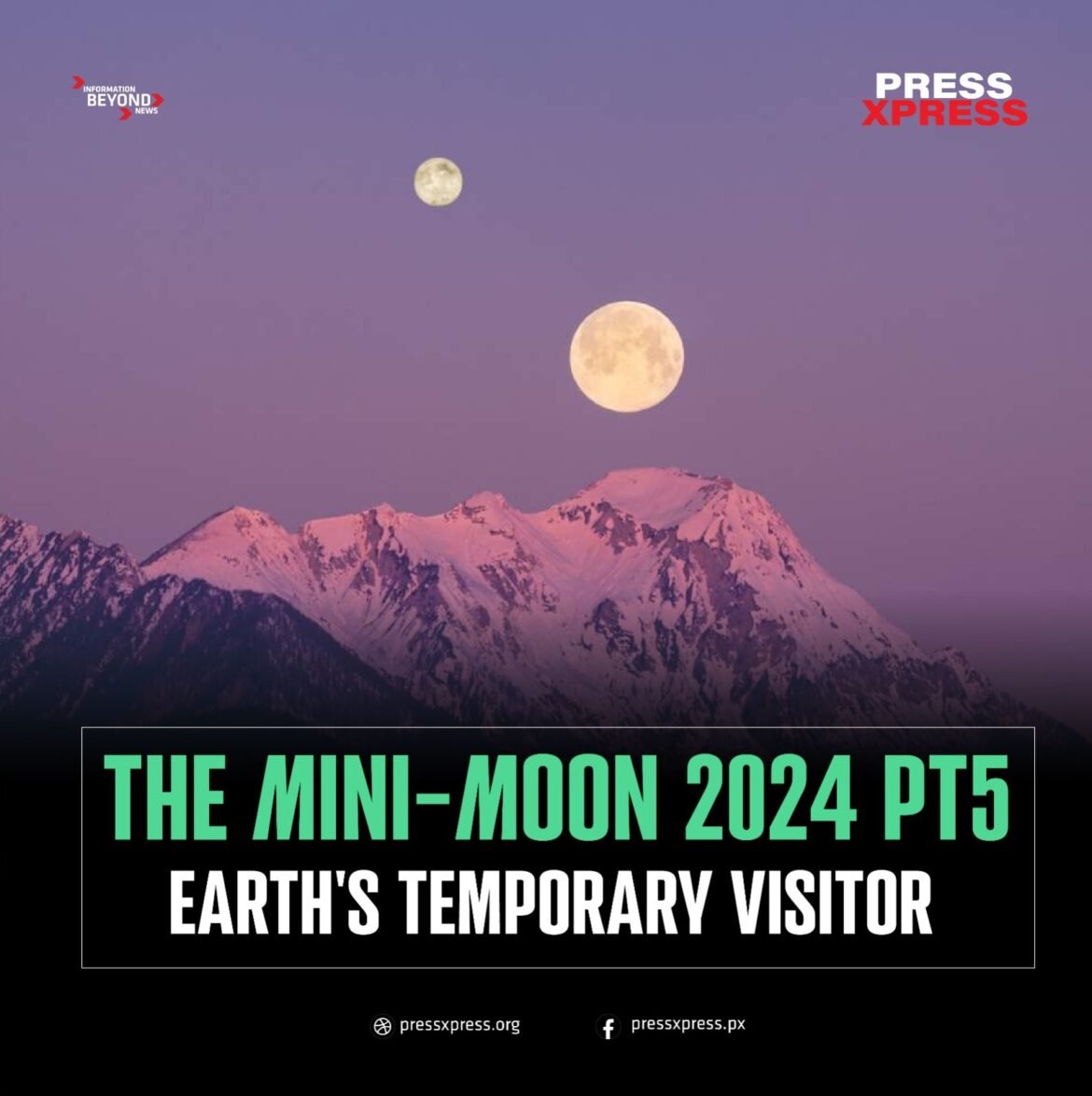The recent discovery of the mini-moon 2024 PT5, originating from the Arjuna asteroid belt, has captivated astronomers and space enthusiasts alike. Detected by NASA in August, this small asteroid is making a brief visit to Earth, temporarily captured by our planet’s gravitational field.
Since September 29, 2024 PT5 has been visible to professional telescopes, although it remains too faint for the naked eye. This event provides a unique opportunity for astronomers to observe its passage through the night sky, emphasizing both the dynamic nature of our solar system and the advancements in space observation technology.
As 2024 PT5 glides past Earth, scientists are set to gather valuable data about its composition and behavior. Such information enhances our understanding of asteroids and their potential impacts on our planet. Events like these serve as a reminder of the intricate dance of celestial bodies and the importance of ongoing exploration in our cosmic neighborhood.
NASA classifies 2024 PT5 as a temporary “small moon,” with the definition stemming from the idea that “if a naturally formed structure orbits a planet,” it is considered a moon. This classification reinforces the asteroid’s role as Earth’s “second moon,” as it will orbit our planet for approximately two months before resuming its journey through space, returning to its original orbit around November 25.


